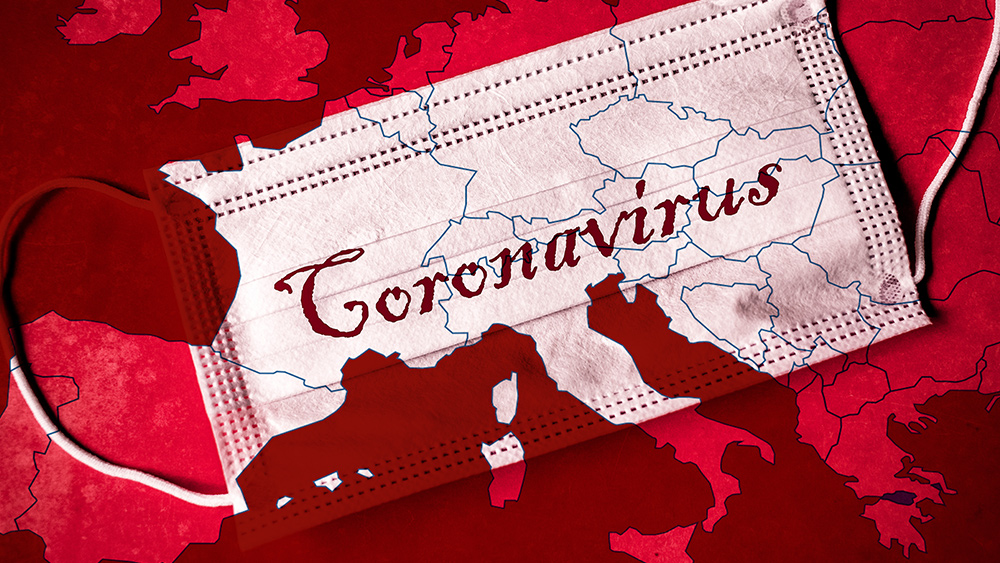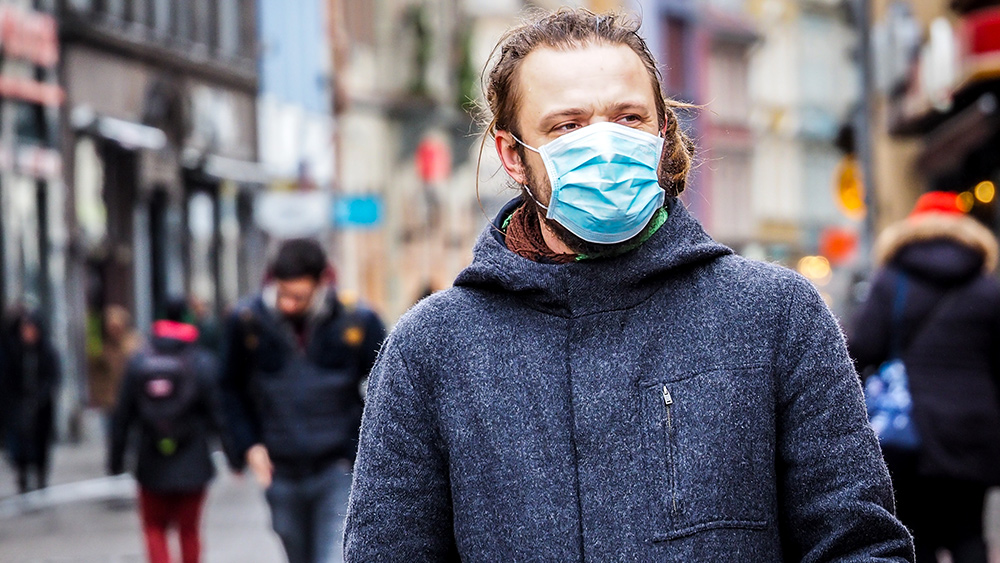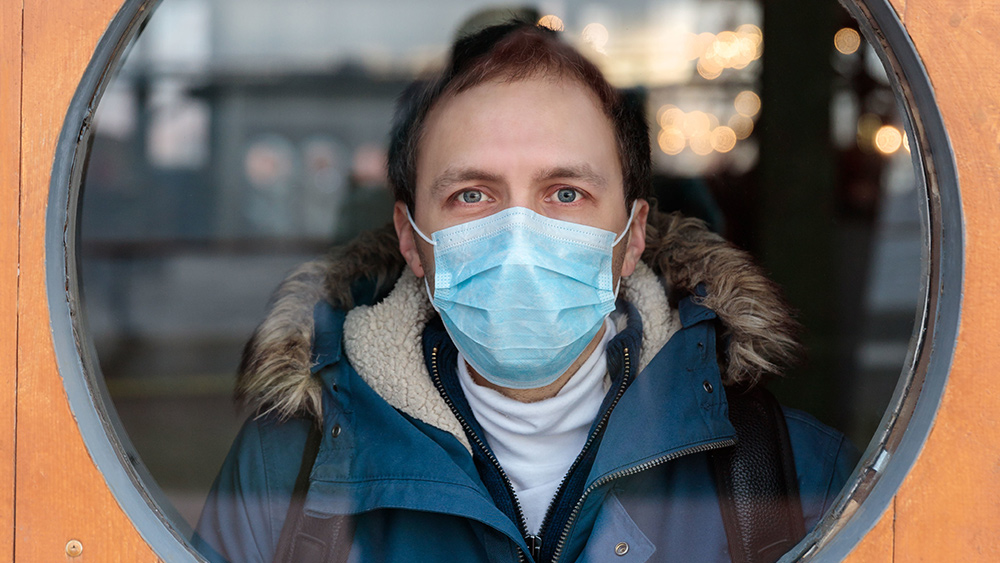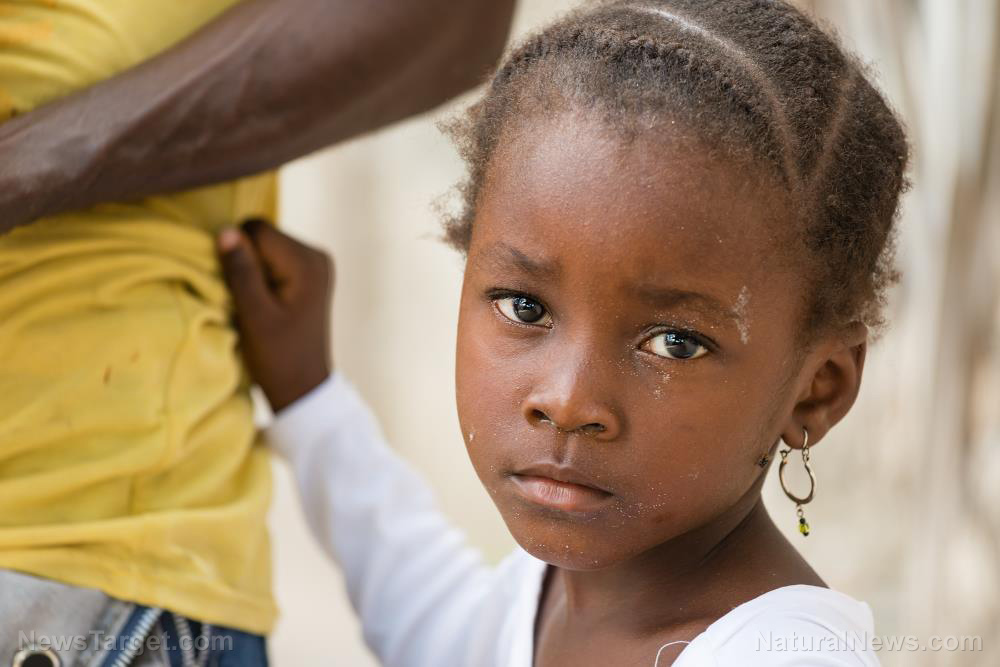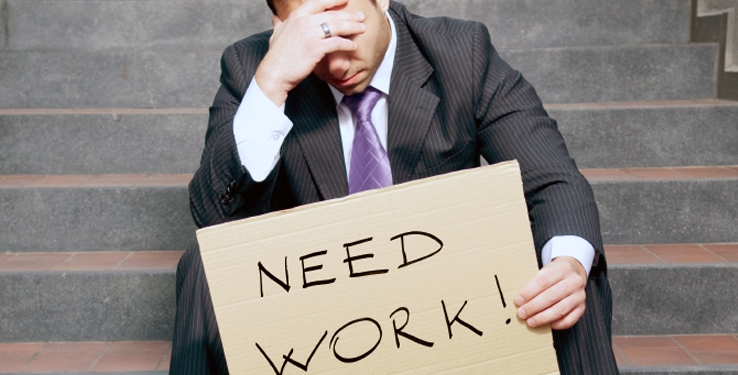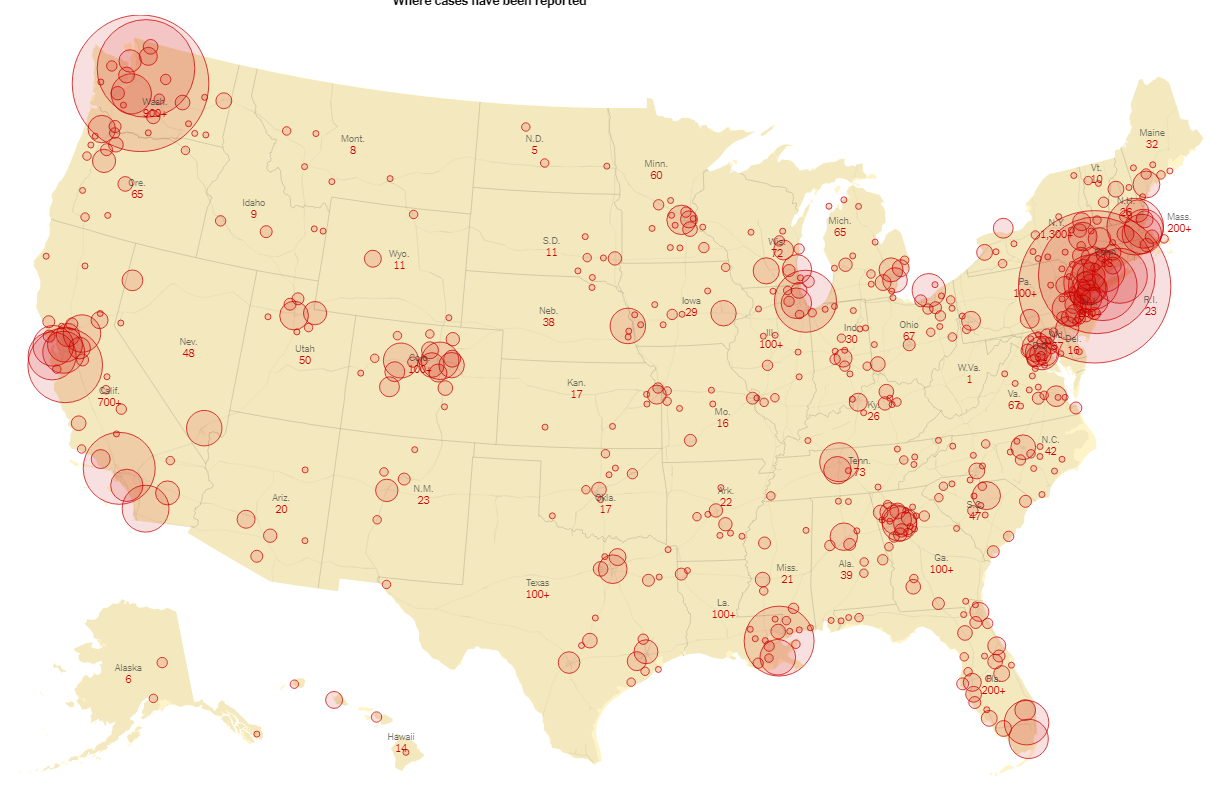Iran records 147 coronavirus deaths in a single day, MILLIONS more at risk if quarantine measures are not followed
03/19/2020 / By Arsenio Toledo
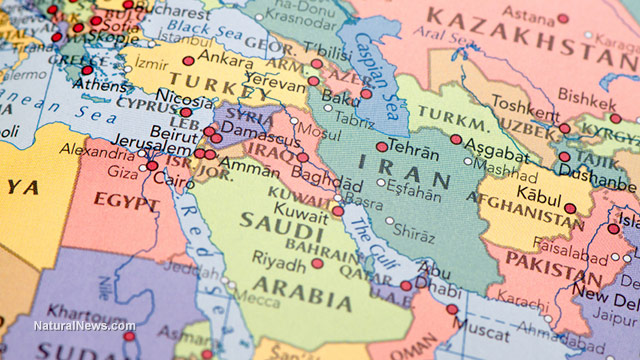
Iran reported a total of 147 coronavirus-related deaths on Wednesday, the country’s biggest over a 24-hour period. This puts the overall death toll at 1,135 — a 15 percent spike from Tuesday’s numbers.
But even with this uptick, Iranians are still acting like they aren’t in the middle of an epidemic: Food markets are still packed with shoppers, highways are still full of cars, and families are still traveling around the country in preparation of Nowruz, or the Persian New Year.
Deputy Health Minister Alireza Raisi has urged the Iranian public to avoid traveling and joining together in large crowds. He also said that Iran had two “golden weeks” ahead of them to try and curb the virus before it gets even worse. He further criticized people for not listening to government instructions to stay at home. (Related: Iran’s coronavirus crisis is so bad they’re excavating mass graves so large they can be SEEN FROM SPACE.)
“This is not a good situation at all,” said Raisi.
Officials have been constantly lambasted for its poor handling of the coronavirus pandemic in the country, with some even saying that authorities may be covering up the real number of infections and deaths.
President Hassan Rouhani defended his government’s response. In a cabinet meeting, he said that the government was being “straightforward” and that it did, in fact, announce the arrival of COVID-19 as soon as they learned about it on February 19. This is in response to a member of parliament who claimed that people have been dying from the coronavirus as early as February 13.
“We spoke to people in an honest way,” said Rouhani. “We had no delay.”
As of press time, the country has reported 17,361 confirmed cases of COVID-19.
Head of the Medical Council of #Iran:
– Real #COVID19 figures are definitely more than Health Ministry figures.
– We have still not reached the "peak" of the outbreak.
– If current conditions continue, the outbreak will go on until after May. pic.twitter.com/SGuG8IFVsw— Iran News Wire (@IranNW) March 18, 2020
Study: Iran still has a chance to avert total disaster
On Monday night, state TV journalist Dr. Afruz Eslami gave a grim warning on Iranian TV, saying that the coronavirus could kill millions of people if they keep ignoring government advice. Eslami cited a study conducted by the Sharif University of Technology, which suggested three scenarios for how the outbreak ends in the country.
Firstly, if people fully cooperate with government directives right now, the country will only see 120,000 infections and 12,000 deaths by the end of the outbreak. Next, if they only offered limited cooperation, the number of cases could rise to around 300,000 with 110,000 deaths. Finally, if they fail to follow any issued guideline, this could further strain the country’s medical system and cause it to collapse.
“If the medical facilities are not sufficient, there will be four million cases and 3.5 million people will die,” said Eslami.
The dire warning represents a major change in the narrative, given that the state television has tried to downplay the severity of the crisis for weeks. In fact, the public has continued to ignore government pleas for obedience — which led to Supreme Leader Ayatollah Khamenei to issue a fatwa, a nonbinding but still very influential legal opinion, which prohibited “unnecessary” travel. The Khamenei issuing fatwas and intervening in state affairs is very rare.
Government slowly enacts coronavirus measures, people continue to resist
As of press time, around 17 high ranking officials in the Iranian government that have tested positive for COVID-19. The government has also recorded 12 officials dying from the disease, which include members of parliament, diplomats, influential clerics, senior commanders in the Iranian military and ministers in Rouhani’s cabinet.
In fact, people in close proximity to the president have even been infected, such as First Vice President Eshaq Jahangiri and Vice President for Women’s Affairs Masoumeh Ebtekar, the highest-ranking woman in the Iranian government.
Given the looming threat that the coronavirus brings to the people and his authority, Rouhani and his cabinet have started enacting measures to take the coronavirus seriously.
On March 9, Iran “temporarily released” around 70,000 prisoners, ostensibly to limit the spread of COVID-19 within prisons. On Tuesday, they released another 85,000. According to Al Jazeera reporters, many of the prisoners released this week were arrested during anti-government protests in November.
Rouhani also released political prisoners, such as Mohammad Hossein Karroubi, son of reformist opposition leader Mehdi Karroubi, who is also under house arrest, and Nazanin Zaghari-Ratcliffe, a British-Iranian journalist arrested on charges of supposedly attempting to topple the regime.
On March 13, the Islamic Revolutionary Guard Corps has said that they will be enforcing coronavirus controls, which include clearing out streets, shops and public spaces. They will also be in charge of setting up 1,000 fixed and mobile COVID-19 detection clinics. Army factories will also be repurposed to produce face masks and gloves, and over 6,000 army beds are being made available for coronavirus patients.
On March 16, religious authorities finally closed down three of Iran’s holiest shrines, Fatima Masumeh Shrine and Jamkaran Mosque on Qom and the Imam Reza Shrine in Mashhad. The country has also pledged to shutter mosques for Friday prayers. The prayers are communal gatherings for Iran’s Shia Muslim population and pose a potential health risk.
For weeks, government officials have been arguing with clerics, who wield significant political power in the country, on shutting down shrines and other popular religious sites, where pilgrims and devotees alike gather in crowds and possibly spread the virus.
“It was difficult, of course, to shut down mosques and holy sites, but we did it,” said Rouhani, after clerics finally agreed to close down the shrines. “It was a religious duty to do it.”
However, people have reacted violently to the closure. After state media reported the closures on Monday, mobs tried to storm Imam Reza and Fatima Masumeh shrines.
“We are here to say that Tehran is damn wrong to do that!” one Shiite cleric shouted in the Imam Reza shrine, in a video posted online.
Other members of the mob joined him in chanting: “The health minister is damn wrong to do that! The president is damn wrong to do that!”
Police officers later dispersed the crowds and made arrests, while the caretakers of the shrines were able to close them again. A prominent seminary in Qom called the mob’s demonstration an “insult” to the shrine.
Iran’s shrines draw in Shia Muslim pilgrims from all over the Islamic world. Iran’s status as a popular pilgrimage site may have even contributed to the coronavirus’ regional spread. Still, despite the closures, Rouhani said that “our soul is closer to the saints more than at any time.”
If Iran does fight back strongly against the coronavirus, it may stand a chance at beating it. As of press time, trackers report that 5,389 people have recovered, or nearly a third of all patients, out of 17,631 confirmed cases.
A user from #Iran (@odmilov1) shares a picture of his uncle's funeral. He lost his life to the #CoronaVirus. The relatives are performing the last prayer (نماز میّت) in front of the ambulance carrying the body. Socially distant, they stood under the rain "crying on their own." pic.twitter.com/CoZ0Vb9LZl
— Reza H. Akbari (@rezahakbari) March 18, 2020
For the latest information on the coronavirus, be sure to check out Pandemic.news.
Sources include:
Tagged Under: Ayatollah Khomeini, China, coronavirus, coronavirus deaths, coronavirus fatalities, covid-19, COVID-19 deaths, COVID-19 fatalities, deaths, Flu, government, Hassan Rouhani, hygiene, infections, Iran, Islam, Islamic holy sites, outbreak, pandemic, Shia Islam, superbugs, Supreme Leader, virus
RECENT NEWS & ARTICLES
COPYRIGHT © 2017 OUTBREAK NEWS

